Tiny houses are becoming increasingly popular, as they allow people to live a minimalist lifestyle and reduce their environmental footprint, while also being more affordable than traditional houses. Many people choose to build their own tiny houses, using pre-designed plans or modifying existing plans to suit their specific needs.
A tiny house is a small, usually mobile, dwelling that is typically no larger than 400 square feet. Tiny houses are designed to be highly energy-efficient, and often include sustainable features like solar panels and rainwater catchment systems. They are typically built on trailers, so that they can be moved around, and some states require that tiny houses be classified as recreational vehicles, which have different regulations than traditional houses.
Tiny houses are also viewed to build community and affordable housing. The communities called “Tiny House Village” or “Tiny House Community”, which is made up of several tiny houses, are to build around common areas like a shared kitchen, garden, and laundry area.
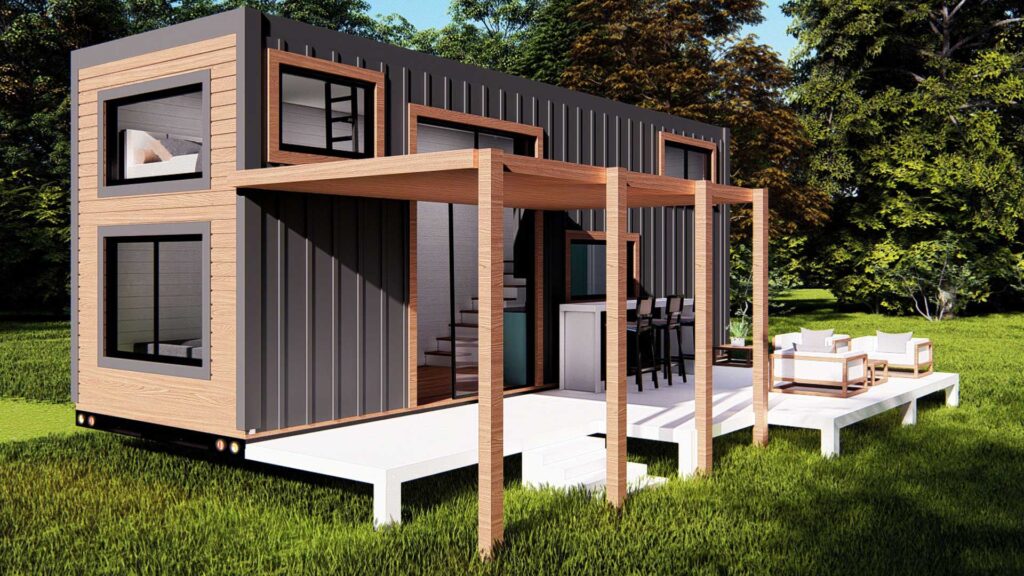
However, one of the challenges of tiny house living is related to local zoning regulations, as tiny houses may not be permissible in some areas and may require special permits. Furthermore, depending on the state, getting a loan for a tiny house may also be challenging due to the “unconventional” nature of the house.
Overall, tiny houses offer an alternative lifestyle and housing option, which is becoming increasingly appealing as people look for ways to live more sustainably, affordably and in community.
What Is the Function of a Tiny House?
A tiny house is a small and typically mobile dwelling that is designed to provide an affordable and efficient living space. The concept of tiny houses is to minimize the space required for living while still providing all the essential features and amenities that one needs to live comfortably. They are usually less than 500 square feet in size and are built using space-saving techniques such as loft beds and multi-purpose furniture.
One of the key advantages of tiny houses is their affordability, as they can cost a fraction of the price of a traditional home and require much less money to maintain. In addition, they often have a much smaller environmental footprint, as they require less energy to heat and cool, and generate less waste.
Another important function of tiny houses is their mobility. Many tiny houses are built on wheels, which allows them to be easily transported from one location to another. This can be particularly useful for people who like to travel or who want to live in different places, as they can take their home with them. Tiny houses can also be used as accessory dwelling units, which are secondary living spaces on a property, that may be separate from the main house. These can be used to provide additional living space for extended family, renters, or guests. They also can be used as rental units, providing additional income.
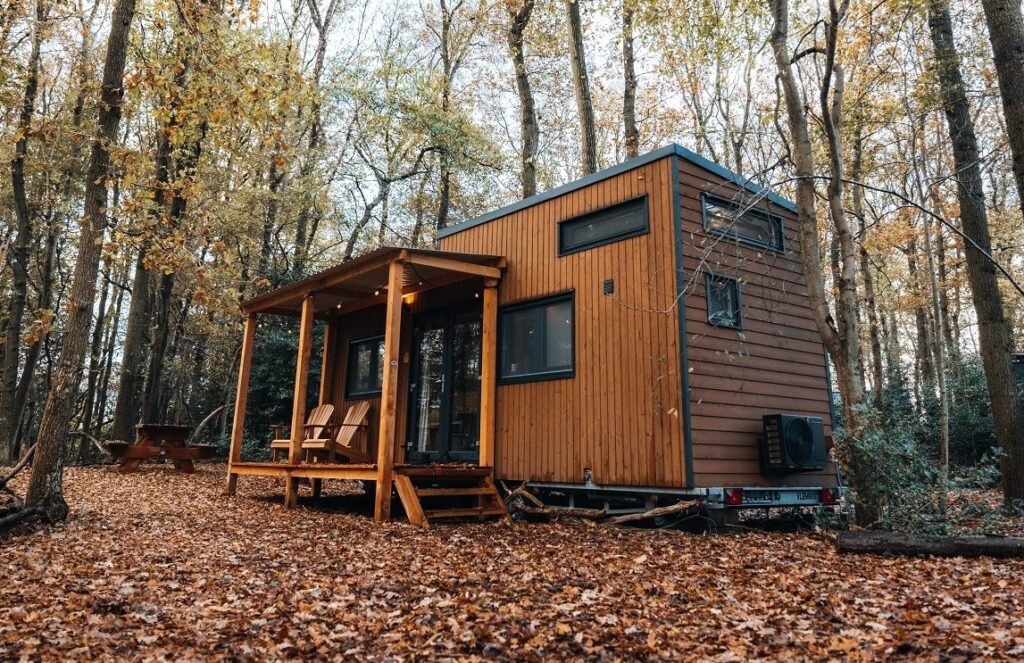
Tiny houses are also gaining popularity to simplify one’s life and declutter. they force to minimalize the possession and prioritize the essential items and live with more simplicity, which can lead to a more fulfilling and less stressful life.
In short, tiny houses have multiple benefits, including affordability, low environmental impact, and mobility, as well as the potential to simplify one’s life and provide additional living space.
Are Tiny Houses Easy to Build?
Building a tiny house can be a challenging but rewarding experience. The process can be made easier by using pre-designed plans, but it still requires a good deal of planning and preparation.
Some of the challenges that people may face when building a tiny house include:
- Acquiring the necessary building materials and tools
- Obtaining permits and meeting building codes
- Making the most of limited space and designing a functional layout
- Electrical and plumbing installation
- Insulation and weatherproofing
- Finishing touches like cabinetry and flooring
If you are planning to build your own tiny house, it is a good idea to have some experience with DIY projects and construction, as well as knowledge of building codes and regulations in your area. Some people decide to hire a contractor to help with some aspect of the build, like the foundation and some electrical and plumbing work.
It’s important to note that building a tiny house requires a lot of time, energy, and patience. Depending on your experience and skill level, it could take several months or even years to complete your tiny house. However, the end result will be a unique and personalized living space that meets all of your needs, and can offer a sense of accomplishment and pride for the effort you put in.
Some people prefer to buy a pre-built tiny house or a DIY tiny house kit, which provides pre-cut and pre-drilled pieces that you assemble. This option can save you time and effort, but it can be more expensive than building a tiny house from scratch.
In the end, it is a matter of personal choice and what best suit your resources and capability. If you have a clear plan and budget, and realistic expectations for the build process, you can make the tiny house building experience a successful and enjoyable one.
Does It Cost a Lot to Build a Tiny House?
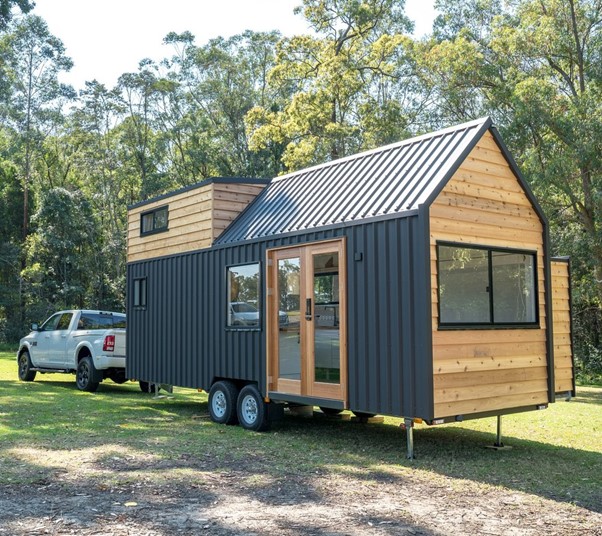
The cost of building a tiny house can vary widely depending on several factors, such as the size of the house, the materials used, and the level of finish. A tiny house will cost less to build than a traditional home of similar size, but it will still require a significant investment.
The cost of materials for a tiny house can range from $1,000 to $50,000 or more, depending on the type of materials used and the level of finish. For example, a tiny house built with high-end finishes, such as hardwood floors and custom cabinetry, will be more expensive than one with more basic finishes, such as vinyl flooring and prefabricated cabinetry.
If you choose to hire professionals to build your tiny house, the cost can increase with labor, as well as design and permitting. With a good planning, research and using some DIY skills, you can cut down the cost significantly. Some people choose to buy a pre-built tiny house or a tiny house on wheels, which can be a cost-effective option, the cost of pre-built tiny house could be around $10,000 to $70,000.
What Is the Lifespan of a Tiny House?
The lifespan of a tiny house can vary depending on several factors, including the quality of the materials used, the level of maintenance, and the use and exposure of the tiny house.
If a tiny house is well-built and maintained, it can have a lifespan of several decades. Tiny houses are typically constructed with high-quality materials, including things like cedar siding, metal roofs, and vinyl windows, which are known for their durability. Good maintenance can prolong the life of a tiny house, by ensuring that things like the roof, siding, and windows are in good condition and that any necessary repairs are made promptly.
Tiny houses built with lower-quality materials, or that are not well-maintained, may not last as long. Additionally, if a tiny house is used as a primary residence and is exposed to the elements daily, it may experience more wear and tear and have a shorter lifespan.
Another thing to consider is that tiny houses on wheels are exposed to more wear and tear than traditional stationary houses, as they are designed to be moveable, meaning they may be subject to more intense vibration, especially when driven on uneven or rough terrain. That said, the wheels and the frame of the house are part of the structural integrity of the house and should be well-maintained as well.
Overall, a well-built and well-maintained tiny house can last for several decades and offer a sustainable and affordable housing option. However, as with any type of home, regular maintenance and inspections are important to ensure that your tiny house lasts if possible.

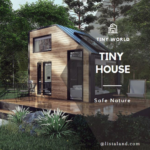

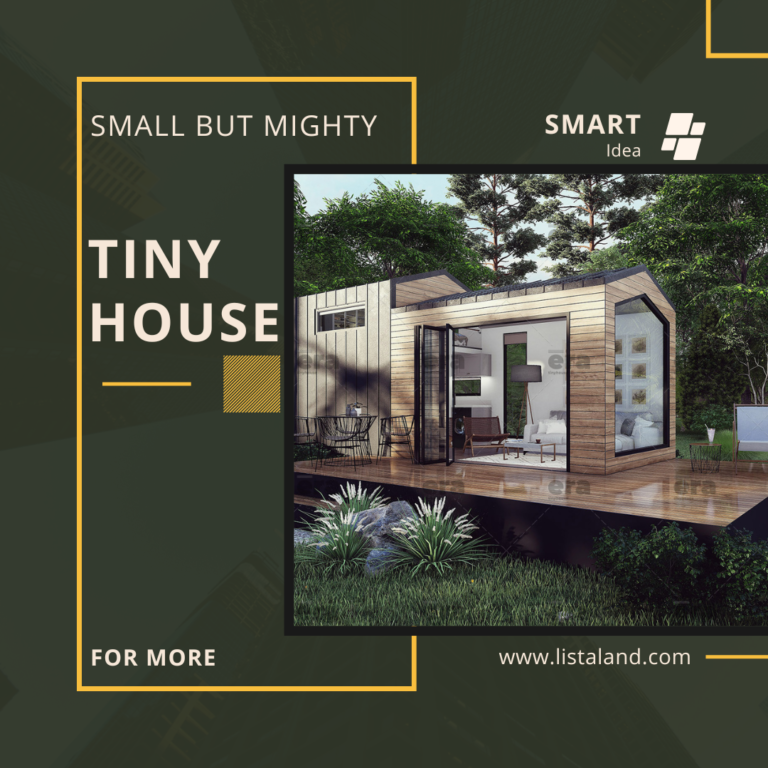
0 Comments